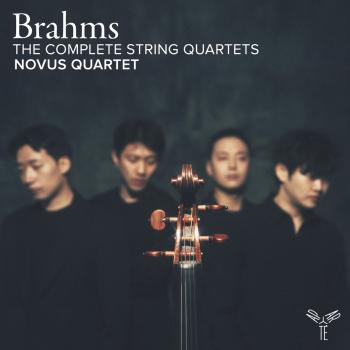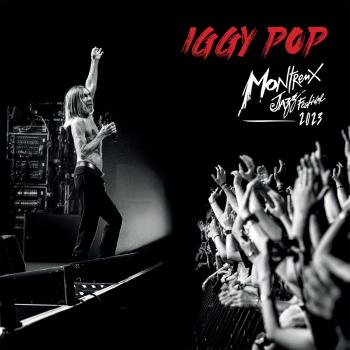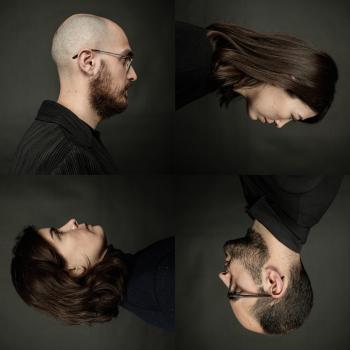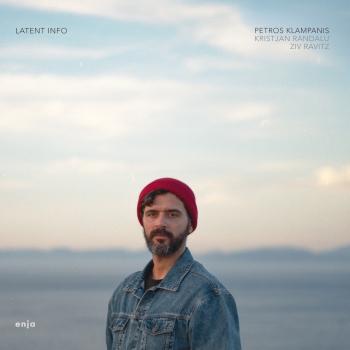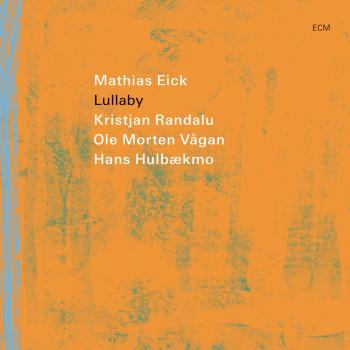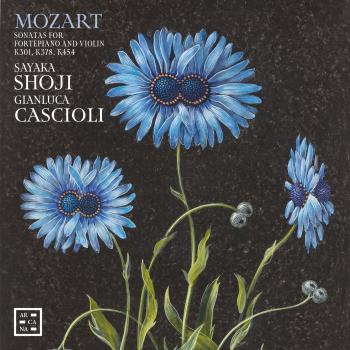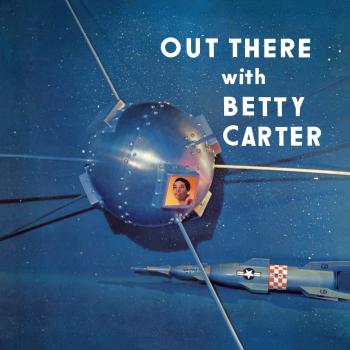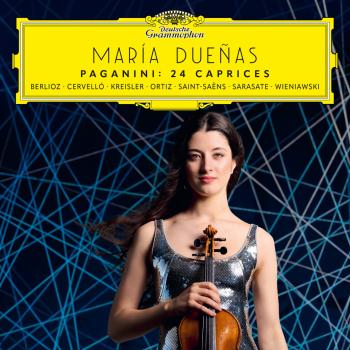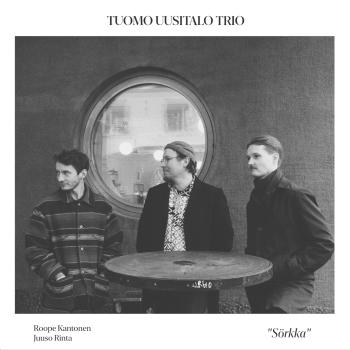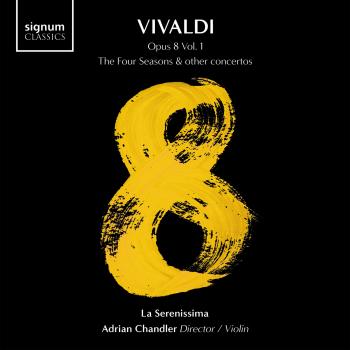
Mirror Charles Lloyd Quartet
Album info
Album-Release:
2010
HRA-Release:
27.01.2011
Album including Album cover Booklet (PDF)
I`m sorry!
Dear HIGHRESAUDIO Visitor,
due to territorial constraints and also different releases dates in each country you currently can`t purchase this album. We are updating our release dates twice a week. So, please feel free to check from time-to-time, if the album is available for your country.
We suggest, that you bookmark the album and use our Short List function.
Thank you for your understanding and patience.
Yours sincerely, HIGHRESAUDIO
- 1 I Fall in Love Too Easily 04:58
- 2 Go Down Moses 06:03
- 3 Desolation Sound 07:04
- 4 La Llorona 05:36
- 5 Caroline, No 04:05
- 6 Monk's Mood 05:02
- 7 Mirror 06:44
- 8 Ruby, My Dear 05:27
- 9 The Water Is Wide 07:20
- 10 Lift Every Voice And Sing 04:28
- 11 Being And Becoming, Road To Dakshineswar With Sangeeta 07:03
- 12 Tagi 09:17
Info for Mirror
Wie “Rabo De Nube” bietet auch “Mirror” sowohl einige Lloyd-Originale als auch Stücke, die seit Jahren ein fester Bestandteil des Repertoires des Saxophonisten sind. Zu letzteren gehören etwa die beiden Thelonious-Monk-Nummern “Ruby, My Dear” und “Monk’s Mood”, der Jazzstandard “I Fall In Love Too Easily” oder auch die Hymnen und Traditionals“Go Down, Moses”, “Lift Every Voice And Sing” sowie “The Water Is Wide”. Überraschender scheint da schon die Wahl des Brian-Wilson-Songs “Caroline, No”. Kenner von Lloyds Biographie wissen natürlich, dass der Saxophonist in den 1970er Jahren auf einigen Alben der Beach Boys gastierte (darunter der Klassiker “Surf’s Up”). Aus seiner eigenen Feder steuerte Lloyd schließlich “Desolation Sound”,“Tagi”, “Being And Becoming” sowie das Titelstück bei.
Ein besonderes Bonbon ist auch, dass Lloyd hier neben seinem poetischen Tenor- auch Altsaxophon spielt. Das tut er leider viel zu selten, weshalb der Schlagzeuger Billy Higgins das Instrument einst auch als “Charles’ Geheimwaffe” bezeichnete.
“Charles geht mit einer unglaublichen Offenheit an die Musik heran”, schwärmt denn auch Pianist Jason Moran. “Ich mag es, mit Bandleadern zu spielen, die einem erlauben Eigenes einzubringen und einen die Musik so spielen lassen, wie man es möchte. Man sollte denken, dass diese Philosophie im Jazz auf fruchtbaren Boden fällt. In Wirklichkeit ist es eher ungewöhnlich, dass ein Bandleader seine frommen Worte auch in Taten ummünzt. Aber Charles Lloyd ist wirklich ein Förderer gedanklich freier Musik. Er lässt es zu, dass sie sich ad hoc entwickeln kann.”
Charles Lloyd has always led exceptional bands, and this is one of the finest. Following on from the live “Rabo de Nube” which won both the Readers and Critics Polls of Jazz Times, here is a studio album from the quartet with Jason Moran, Reuben Rogers and Eric Harland.
Memphis-born Lloyd has played with some exceptional pianists in the course of his long career, starting with Phineas Newborn in his home town, with Joe Zawinul in the Cannonball Adderley group, and with Keith Jarrett, whom Lloyd introduced in his pioneering group of the 1960s. Subsequent Lloyd quartet pianists have included Michel Petrucciani, Bobo Stenson, and Geri Allen. Unfazed by the achievements of these distinguished predecessors, Jason Moran finds his own, exciting way to play inside Lloyd’s musical concepts. As the New York Times once observed, Moran reaches both further back in the jazz tradition and further outside it than most of his contemporaries. His strongly chordal approach and his percussive originality took off from an early interest in Thelonious Monk, but Moran (born 1975) studied with three great teachers – Jaki Byard, Andrew Hill, and Muhal Richard Abrams – who encouraged him to find his own path. He has recorded a number of critically-acclaimed albums as a leader, won a number of prizes including the Jazz Journalists Association’s Pianist of the Year Award, and performed with many great musicians from Wayne Shorter to Lee Konitz.
Jason Moran is a pianist, composer, and bandleader who mines a variety of musical styles to create adventurous, genre-crossing jazz performances. Moran’s signature corpus marries established classical, blues, and jazz techniques with the musical influences of his generation, including funk, hip-hop, and rock. On his solo piano album, Modernistic (2002), he explores the evolution of twentieth-century rhythmic techniques through his virtuosic execution of two-handed “stride” piano—a style used extensively by jazz artists in the 1920s—while Same Mother (2005) is a re-examination of the emotional and stylistic elements of the blues tradition.
Reuben Rogers was born in the Virgin Islands and grew up listening to calypso and reggae as well as jazz, exposure that seems to have impacted on the lyrical dancing swing of his bass playing. He works exceptionally well with Harland, exploring loose grooves behind Lloyd ’s solos, and speaks of the joy of “being in the music in the moment,” when the Lloyd band is improvising collectively, “without any worries, just giving it all.” A much sought after sideman, Reuben has also worked extensively with Nicholas Payton, Joshua Redman, Dianne Reeves and more.
Eric Harland is increasingly regarded as one of the most important contemporary jazz drummers. In addition to his work with Lloyd in the quartet and in the Sangam trio (with Zakir Hussain) he has played and recorded with McCoy Tyner, Pharoah Sanders, Greg Osby, Dave Holland and many others.
Booklet for Mirror

